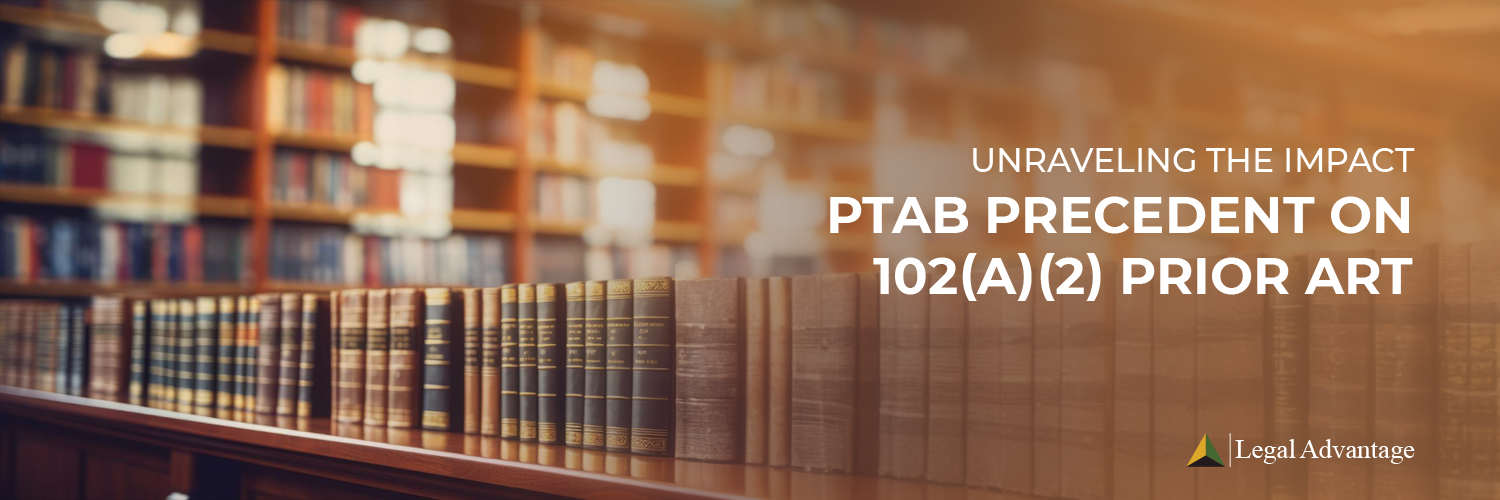Unraveling the Impact: PTAB Precedent on 102(a)(2) Prior Art
The recent judgment from the Patent Trial and Appeal Board (PTAB) in Penumbra v. RapidPulse Inc., involving US patent 10,531,883 B1 (IPR2021-01466) holds critical insights into the relevance of the filing date of a provisional patent application under 102(a)(2) under the America Invents Act (AIA).
35 USC 102 (a)(2) A person shall be entitled to a patent unless the claimed invention was described in a patent issued under section 151, or in an application for patent published or deemed published under section 122(b), in which the patent or application, as the case may be, names another inventor and was effectively filed before the effective filing date of the claimed invention.
Dynamics of Change
In challenging the traditional interpretation, the PTAB expressly rejected the pre-AIA Dynamic Drinkware rule, potentially signaling a shift in how provisional applications are utilized as prior art.
Simplified Criteria
A pivotal change is the requirement for a petitioner to demonstrate that a provisional describes the subject matter relied upon, rather than insisting on claims supported under §112. This shift significantly eases the burden for petitioners using provisionals as invalidating prior art.
Entitlement and Description: Unpacking the Statute
The PTAB emphasizes two key statutory requirements for prior art consideration:
- Entitlement: Focuses on the ministerial or procedural requirements under §§119 and 120. The focus is on whether the patent meets the formalities to claim priority to the provisional, not necessarily on §112 support for claims.
- Description: Requires that the provisional application describes the specific subject matter from the patent that is being relied upon as prior art.
This means that the document must meet the formalities and procedural aspects stipulated in 119 and 120. Additionally, if the reference patent document claims priority to a provisional or earlier application, it must describe the subject matter relied upon in the reference document as prior art. This connection is crucial to establish the relevance of the earlier application to the patent in question.
Unanswered Questions and Potential Appeals
While the PTAB’s decision provides clarity within the AIA statutory framework, questions remain regarding the alignment with the Federal Circuit’s prior decisions. The appellate process may further define the boundaries of this shift.
Purpose and Policy Considerations
Ultimately, the interpretation of the 102(a)(2) prior art provision may hinge on whether it primarily enforces the first-inventor-to-file system or seeks to expand the scope of invalidating prior art references. This raises questions about the provision’s underlying purposes and potential considerations of fairness.
Conclusion
As the PTAB pioneers a new approach, the impact on how inventors and practitioners navigate prior art considerations under the AIA remains to be seen. The interplay between statutory requirements, prior case law, and potential policy considerations will likely shape the landscape of 102(a)(2) prior art interpretation.


